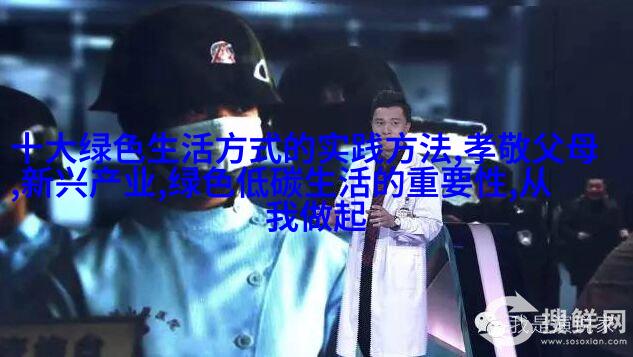上海出台方案黑臭水体不再见但你知道吗污水处理厂其实是好单位的他们总是默默地工作不让我们的小黑臭伙伴们
首先,让我们一起回顾一下《上海市水污染防治行动计划实施方案》(简称《方案》)。这个计划明确到2017年,建成区基本消除黑臭水体,全市丧失使用功能(劣于Ⅴ类)的水体断面比例(按国家考核断面计)不超过15%,水质优良率(国家考核断面达到或优于Ⅲ类)比例达到40%;到2020年,全市集中式饮用水水源地水质达到或优于Ⅲ类的数量比例高于75%,原水供应总量的90%以上达到水质优良(Ⅲ类)水平,全市基本消除黑臭water body和丧失使用功能的water body,water quality good rate提升至45%;到2030年,全city集中式饮用water water source water quality reach or exceed Ⅲ class, surface water water quality basic meet the requirements of the functional zone; 到2040年,全city surface water water quality reach the requirements of the functional zone and basic restore ecosystem function.

保障饮用water safety is a major priority. To achieve this, Shanghai will complete construction projects such as gold basin in Yuyao River upstream and related supporting projects; actively carry out river basin joint defense and control, accelerate construction of Taihu Lake Green Water Corridor; deepen research on Chenhang-Yangshu-Mulushan reservoir integrated construction to improve original raw material system layout; strengthen risk monitoring for source areas, complete new source area protection zones division, cancel secondary source area risk enterprises completely; enhance sewage collection and treatment capacity and discharge standards by implementing first-class A standard for over 30 urban sewage treatment plants such as Shidongkou, Zhuangyuan, Taihe and Hongqiao.
Furthermore, strict control will be implemented on livestock pollution through implementation of total quantity control for breeding animals to prevent agricultural pollution. The plan also emphasizes adding force to eliminate backward production capacity with an aim to reduce environmental pollution from four major processing industries like electroplating by half by 2020 end.

Last but not least, let's not forget that "industrial park optimization" is a key part of this plan. Existing industrial enterprises are encouraged to relocate within designated areas while polluting enterprises in drinking water sources protection zones will be prioritized for closure. This comprehensive approach aims at achieving long-term targets set forth in this action plan which include making sure all rivers flow clear by 2040.
In conclusion: The title should highlight that while there are challenges ahead (like black-smelly waters), progress has been made (thanks to efforts from factories) towards cleaner rivers!
